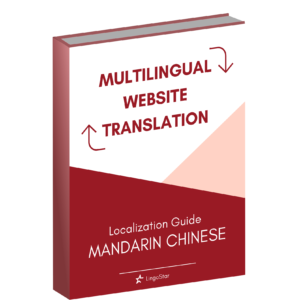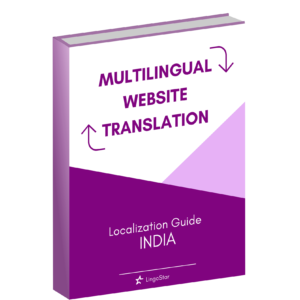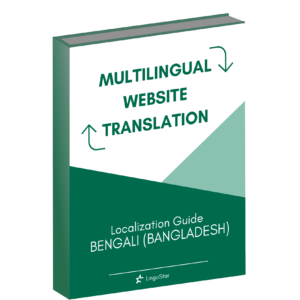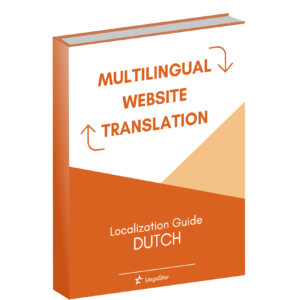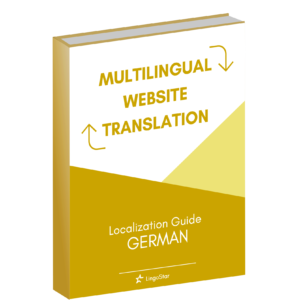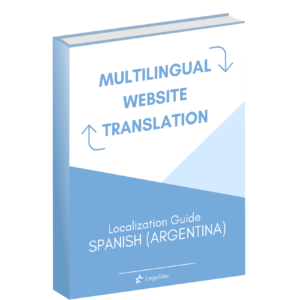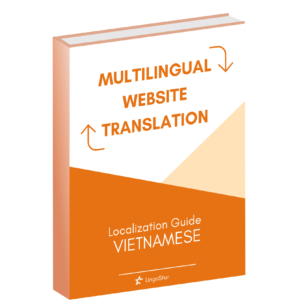Language Matters in January 2014: Body Language
Dear Language friend, For the first Newsletter of the year 2014, we’re going to talk about a topic that concerns everyone: Body language. Body language is almost as important as spoken language. Although it is non-verbal, it says a lot about you and how you feel! Body language includes facial expressions, gestures, or even the tone of your voice. Most of the time, all of these elements will have a major impact on your professional life, your business relationships, and can make, or break your success. However, it is not as easy as it seems to know all of the variations of body language, as you can find different interpretations of it in different countries. This is why in this month’s newsletter, we will talk about the significance of body language in different countries and cultures, and how it affects your business and professional life. Read on! Contributed by Sophie and Nico Body Language and Crucial differences What kind of body language you use depends on your individual cultural background and upbringing. However, it is even more important to know about different types of body language than about the actual language. A wrong interpretation of body language can be quite dangerous or even life threatening. It is especially important if you want to develop a business relationship with companies from other countries, as only a slight misinterpretation could lead to considerable damage. For this reason, you should know about some crucial differences between cultures. For example, did you know that shaking hands is considered impolite in Japan and is replaced by a bow? The depth of the bow shows...






